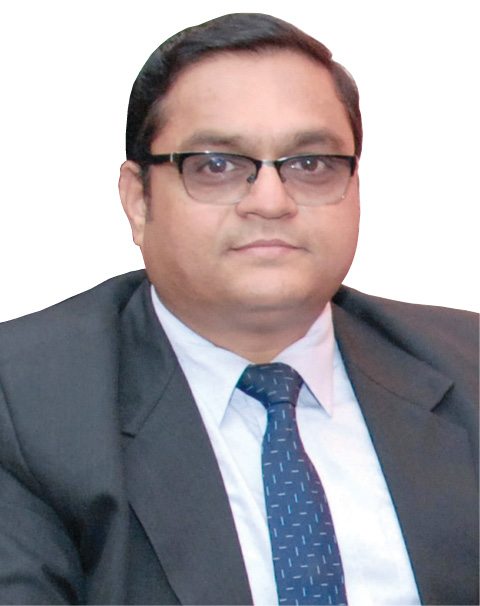In industries, an examination of temperature conditions using a thermal imager is expedient and the analysis of warming and cooling behaviour over defined time intervals is often required for optimisation purposes. Kalidas Bhangare, managing director, Testo India Pvt Ltd, speaks with Dilin Anand of EFY

Q. How can thermal imagers help electrical and electronic engineers?
A. A thermal imager is the best tool to trace any kind of thermal abnormality. Not only does it give the temperature of the object but also eases the job of finding the location. A good analysis helps to even conclude the reason of the abnormality.
Electrical is a very widespread subject and there are many reasons that can develop heat-like load, loose contact and transients. At the same time, for an electronics engineer, design of a subject is of utmost importance. The subject being measured can be at any distance from the device.
Also, in case of electronics, the design has great importance, and with miniaturisation, the problems because of heat dissipation from components become an important subject. Success or failure of a product depends on the design of the electronic goods.
Q. What distance can modern thermal imagers be used from?
A. Distance from which a thermal imager can get information is purely dependent on subject size. Ideally, smaller the subject, nearer you need to be. But with latest innovations, you can also choose from a wide selection of lenses that can gather information from a good distance.
Q. How can accuracy be enhanced for looking at the thermal image of a circuit?
A. The latest SMD technology gives components that are very small in size. For looking at such small objects, a camera that can give a very high resolution of thermal data is best. To look at the objects from a close distance, the camera with the minimum focus distance is the best choice.
For enhancing accuracy, the user should make sure that all such objects are covered within a layer so that there is no reflection on the same, which can create an improper image, leading to inappropriate readings.
Q. How are thermal imagers evolving as newer process nodes enable smaller components?
A. Thermal imagers can be mounted online and connected with a variety of software like LabVIEW from National Instruments. This helps the user make quality checks better at one end, while at the same time document and preserve it for improving the quality of the products and reduce problems, thus reducing losses.
Q. Could you give an example of a challenge that thermal imagers help solve in electronics?
A. Designing heat-sinks is one of the most critical jobs. A heat-sink removes heat from the subject and maintains its optimum working temperature so that the equipment performs to its best without any breakdown.
Thermal analysis of a heat-sink tells us how well is it designed and what is the rate at which it is eliminating heat.
Q. What are some of the latest technologies seen in thermal imagers?
A. Newer thermal imagers offer better connectivity not only with standard software but popular analytical software like LabVIEW and others. In addition, these also support connectivity options like Bluetooth for voice recording and so on.
One more digital enhancement is the patented technology of SuperResolution that actually increases image information with data points, thus giving a superior image quality to the customer and more information.
Q. What are your views on the value proposition offered by modern test equipment?
A. Emergence of smartphones has simplified the functioning of every industry. All the time-consuming, manually-driven operations can now be governed with just one click of the smartphone, making the process more easy, accurate, fast and reliable. Our recent launch of wireless probes can also be operated with a smartphone to measure various parameters like temperature and pressure. Although this is a different subject, thermography is quite related to the ambient conditions and hence these parameters also need to be accessed by the user and noted when carrying out thermography.









Please mail me idea of CarIQ’s technology
Project